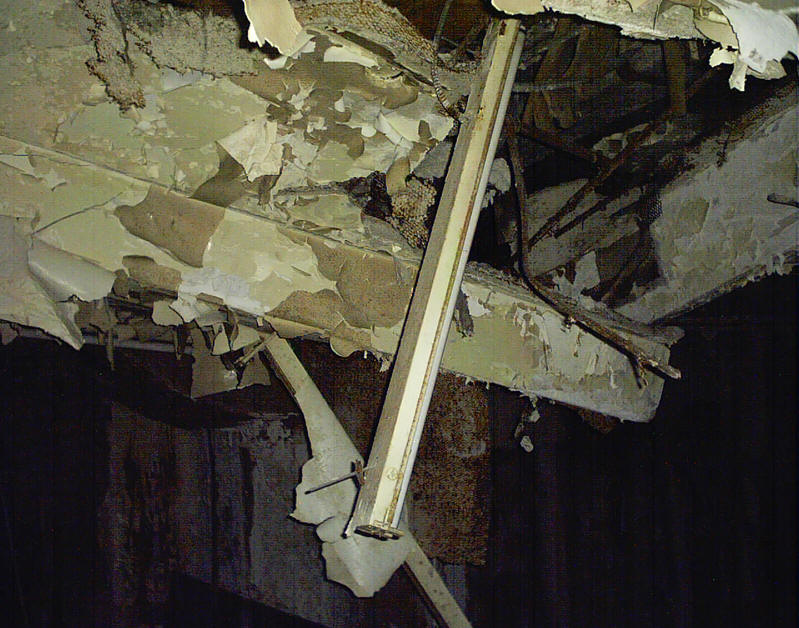Lead Information

Lead paint in industrial facility.
Lead is the fifth most widely used metal, and it represents 2% of the earth's crust. It's bluish-gray when cut, but tarnishes to dull gray once exposed to air. Water, soil, and dust can become contaminated by lead at an unsafe level. The EPA (Environmental Protection Agency) has worked with States and municipalities to discover and reduce lead in our water and air. Lead has been used in batteries, ammunition, metal products, roofing, pipes, paint, coatings, x-ray shields, gasoline, ceramics, caulking, and numerous other products in and around the home. The most contamination by lead is found in lead-based paint. Lead was added to industrial paints because it resists corrosion, but now it has been proven to be highly toxic. Most buildings that were built before 1978 contain lead-based paint.
If the paint becomes scratched, sanded, or burnt it becomes hazardous. Any type of damage or deterioration of lead paint can contaminate the air. If breathed or swallowed, it can lead to health risks for owners and employees. Lead exposure can cause a variety of health affects. Lead can affect the central nervous system, the immune system, red blood cells, mineralizing tissue (bones & teeth), and soft tissue (bone marrow, kidneys, liver, and brain).
Testing can be done to ensure your facility doesn't contain lead-based paint, and removal can be done in a safe and efficient manner to ensure the health of the people within the building. When it comes to inspecting, testing, and removing, CASI is dedicated to provide you with the best service.